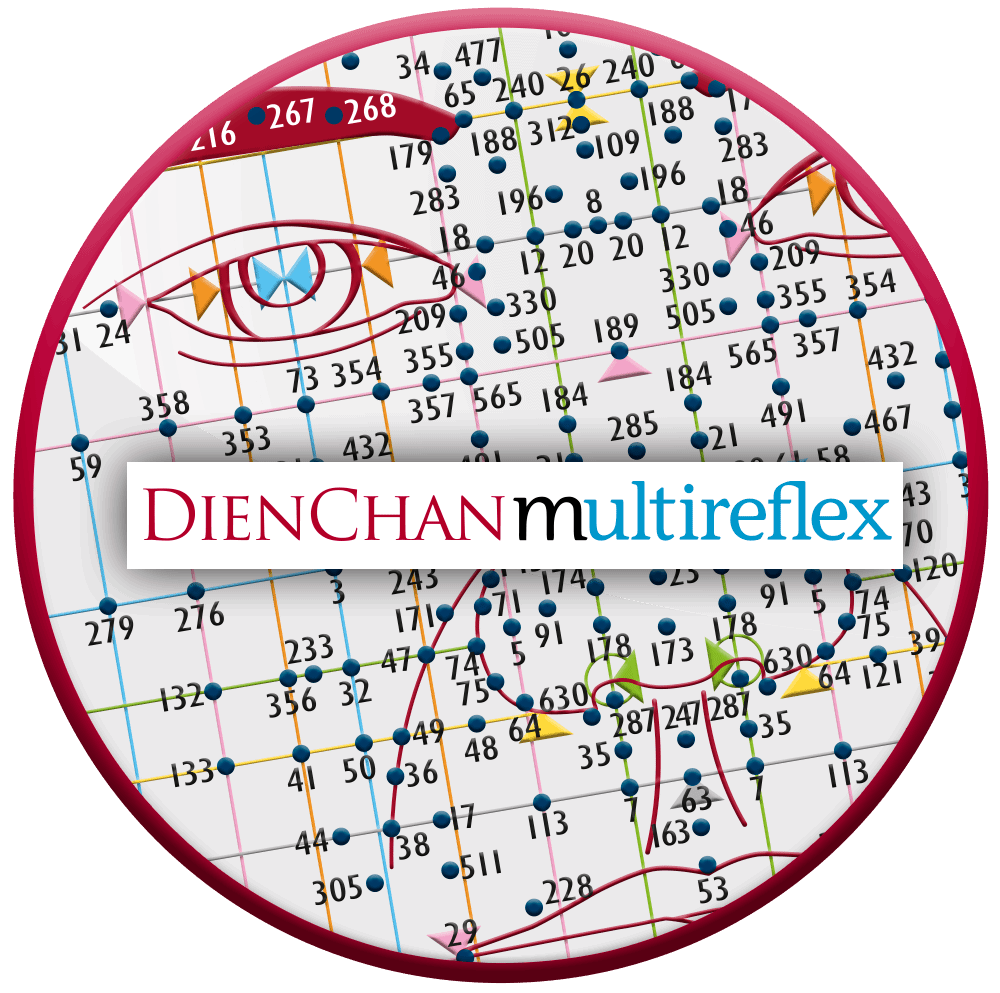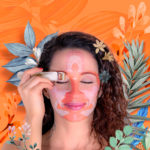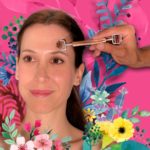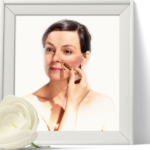Sleep apnoea
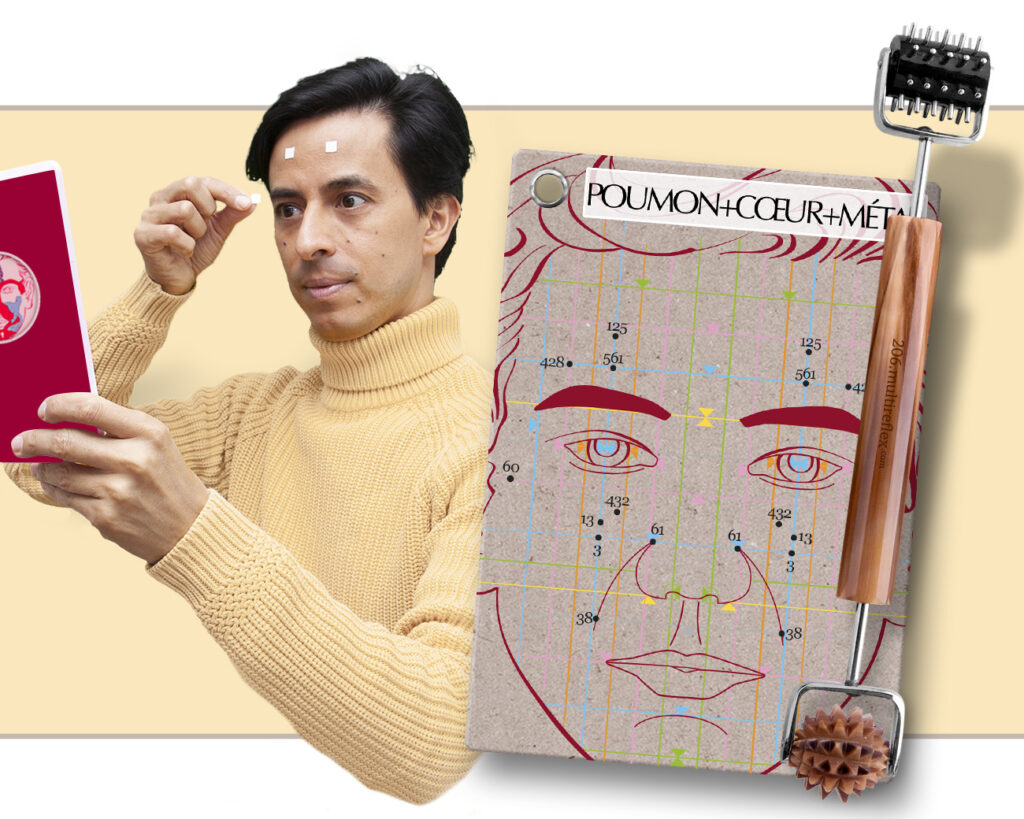
Sleep apnoea is not a disease, but a complex condition with various origins, involving numerous factors.
In this captivating video, we take advantage of the presence of experienced therapist Yvan Binggeli to delve deeply into the management of sleep apnoea.
Discover how to develop a detailed care plan based on innovative ideas to target the underlying causes of this disorder. This approach incorporates precise concepts to focus on the organs involved, while restoring the body’s biological and energetic balance.
This holistic method goes beyond conventional treatments by including body areas as well as facial reflex zones. It relies on the exclusive use of high-quality multireflex tools.
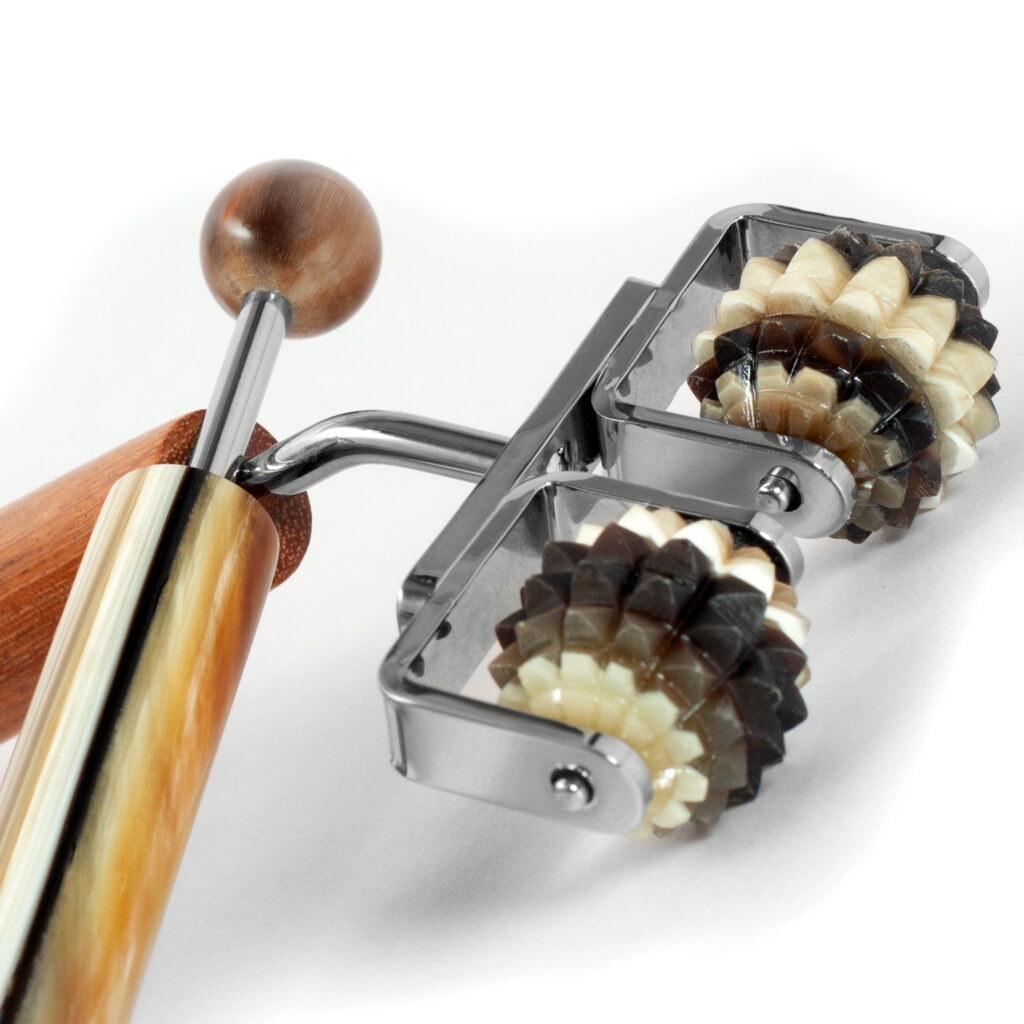
Indeed, we favour tools with wooden handles to avoid the disruptive static electricity generated by plastic. And we insist that parts in direct contact with the skin must be made of high-quality metal (for the yin effect) and natural horn (for the yang effect), as the latter is a noble material that respects the skin’s microbiota and has biological antiseptic properties.
This is the best way to work consciously and with the utmost respect for the skin.
We illustrate our approach with a real-life case
That of an ambulance worker who achieved very positive results thanks to Yvan Binggeli. Testimonials from other student therapists also support our approach, demonstrating the effectiveness of Dien Chan in many cases.
Given that sleep apnoea is a complex condition, we recognise that there is no one-size-fits-all solution. However, the art lies in creating personalised treatments. The video also explores the care of the Water element by stimulating bladder and kidney points·bqc, using the Faceasit app to help create constellations and personalised formulas.
Throughout the video, we review key concepts covering various aspects of the care plan:
- The patient’s general condition.
- Managing blood oxygenation and blood pressure.
- Dialogue and questioning to obtain essential information.
- Recommendations on multireflex tools.
Our goal is to support you in enriching your care protocols by integrating external knowledge, such as traditional Chinese medicine.
Throughout our training programme, delivered over several modules, we teach you how to translate the information obtained during your dialogue with the patient into concrete Dien Chan gestures.
To enhance your viewing experience, we recommend using the time-codes in the video description. They allow you to jump easily to each section with a single click.
During our discussion, we share many ideas to help you create a personalised care plan. Our aim is to inspire you to adapt your own approach.
Here is a list of ideas to try out:
1| To begin the care plan and address the general condition, we refer to the anti-stress protocol with the yin Rake nº416. The article is here › tools.dienchan.pro/en/stress
2| Body phase: Facing a rather yang disorder, we suggest a “Sleep apnoea” kit made up of the yin tools we discuss:
- The Double yin ball nº411 to work on the heart and lungs on the back.
- The Yin-yang roller nº206 to roll over the facial reflex zones of the lungs and heart, using the internal organs diagram as a guide.
- [For phase nº4 of our care plan] The Yin health ball nº433, to roll between the hands before going to bed. The palms are a reflex zone of the lungs, so this exercise promotes respiratory fluidity.
3| For the consolidation phase of treatment using point·bqc formulas, we provide several constellations. This term refers to groups of point·bqc we consider relevant to create a tailor-made Dien Chan formula.
You have various techniques at your disposal to create your own constellation and, after testing them with a detector, only the most reactive point·bqc will be selected to compose your fully personalised formula.
✔︎ Let’s take, for example, the case of the throat and the flexibility of the soft palate, a crucial aspect in preventing the collapse of this “flap” during sleep, which can obstruct the airways and cause sleep apnoea episodes. To treat this, we propose a constellation involving the following point·bqc: 14· 274· 275· 64· 71· 8· 20· 109· 106·.
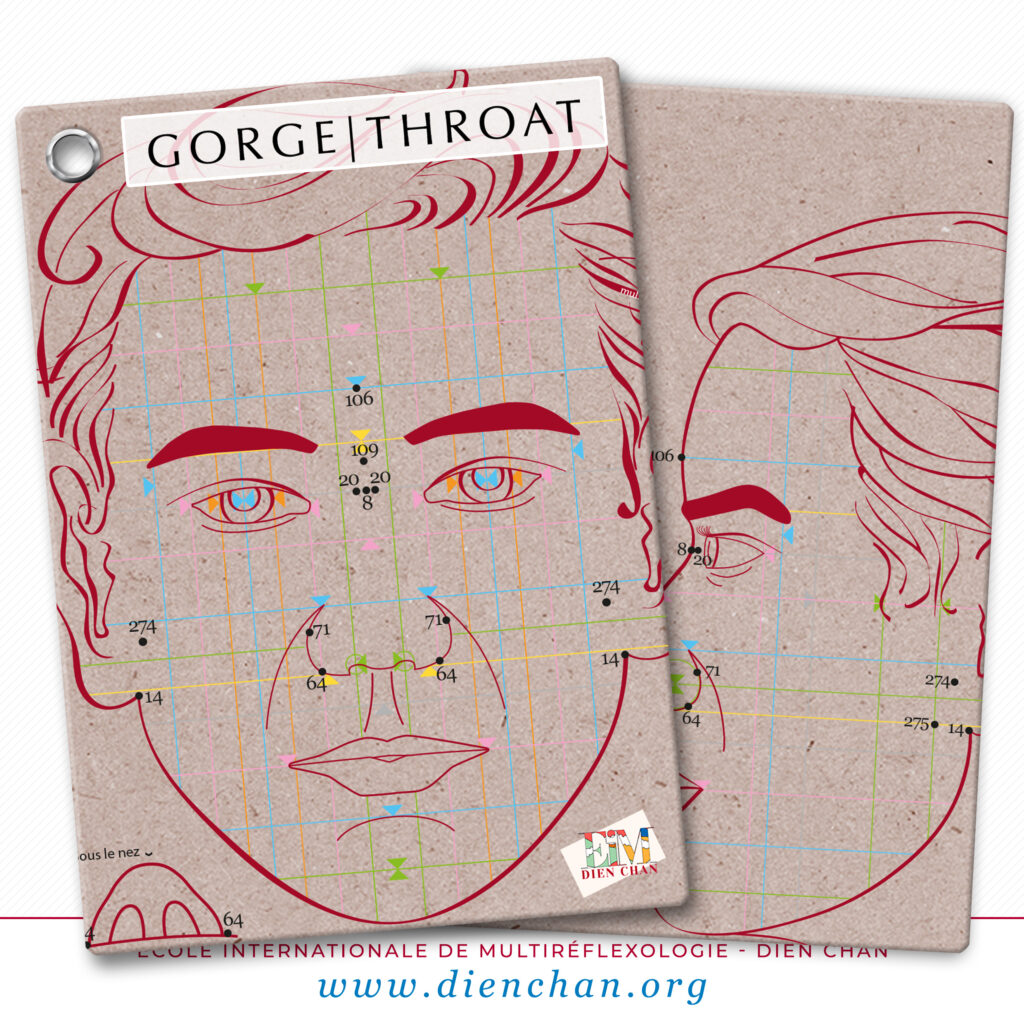
✔︎ To strengthen the elasticity of the soft palate, we add the pair of bqc·points 16· 61·, which helps to make the internal structures of the body more flexible.
At the end of the treatment, an ideal practice is to apply heating patches to the bqc·points that reacted the most (i.e. the most sensitive), to ensure a gentle but prolonged effect.
✔︎ It is also interesting to test bqc·points related to the heart and lungs to promote oxygenation and blood circulation, such as: 38· 3· 13· 61· 432· 428· 561· 125· 60·.
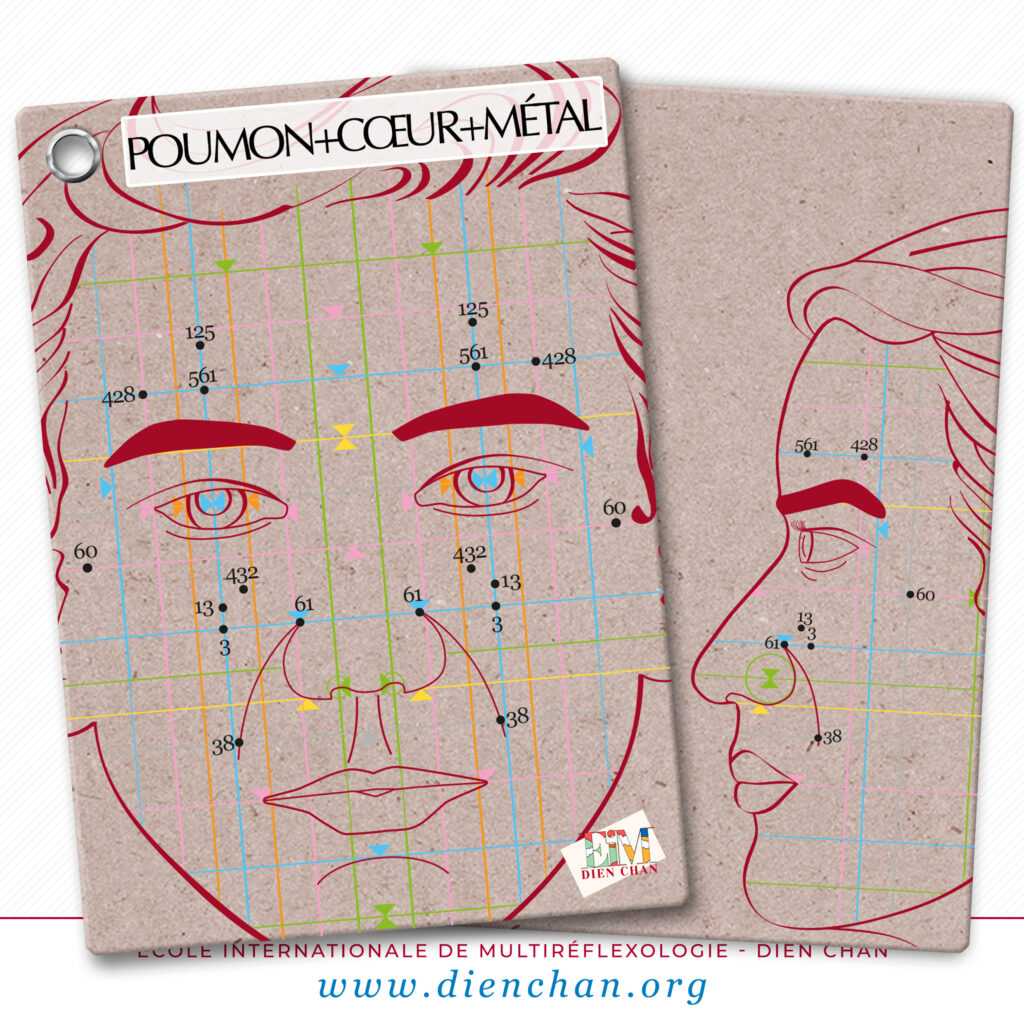
✔︎ We will also stimulate bqc·points related to the Bladder meridian in order to release existing energy blockages in the neck: 87· 293· 156· 85· 21· 65· 191·
Once again, only retain the most sensitive bqc·points from this constellation.
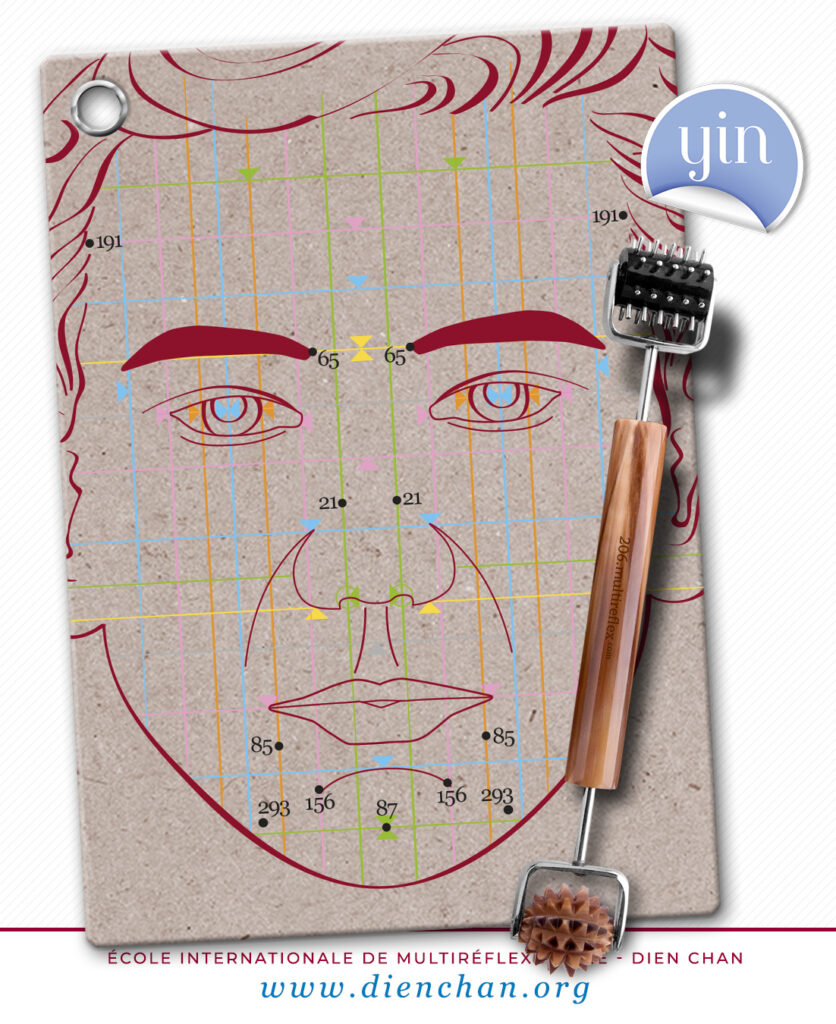
These proposals are only starting points and it is simpler to create your own constellation using the Faceasit application. This will allow you to select the most sensitive points that will ultimately make up your personalised formula.
Consult the numerous videos showing how to use the Dien Chan app called Faceasit to fully understand how to structure a perfectly individualised formula.
4| The prescription:
Treatment often involves exercises that the patient can do at home, including the use of the Yin-yang roller nº206 to work on the reflex zones of the lungs and heart, according to the internal organs reflex diagram.
Also recommend that the person roll the Yang ball nº433 between their hands before going to sleep. The palms of the hands are reflex zones of the respiratory system. By stimulating them in a yin manner, we help to prevent the drying out of the lungs while promoting the circulation of flows.
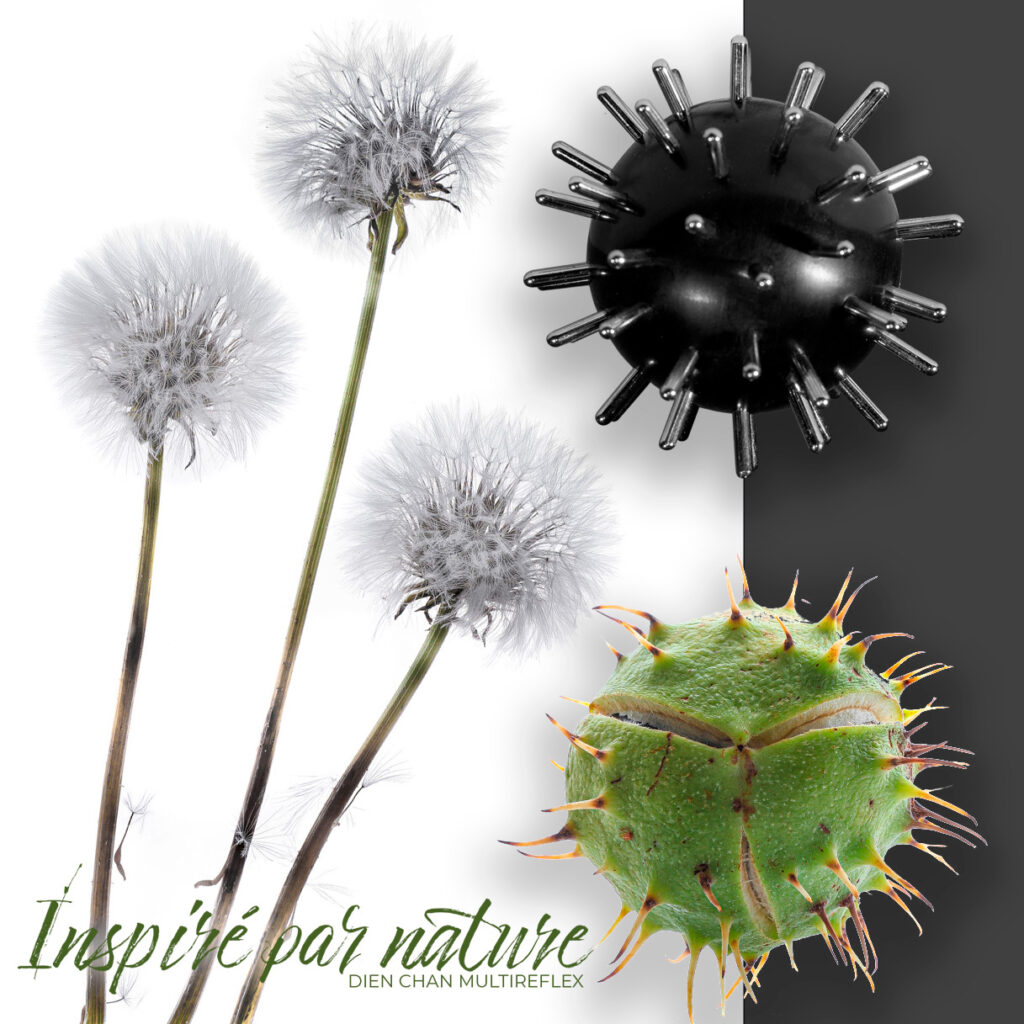
If the person is determined to treat their problem, you can teach them how to use heating patches at bedtime (reference nº644 in the DienShop.com). It is generally recommended to apply them to the reflex zones of the throat (according to Penfield’s diagram) and on the upper part of the lungs above the eyebrows, based on the reflex diagram of the internal organs.
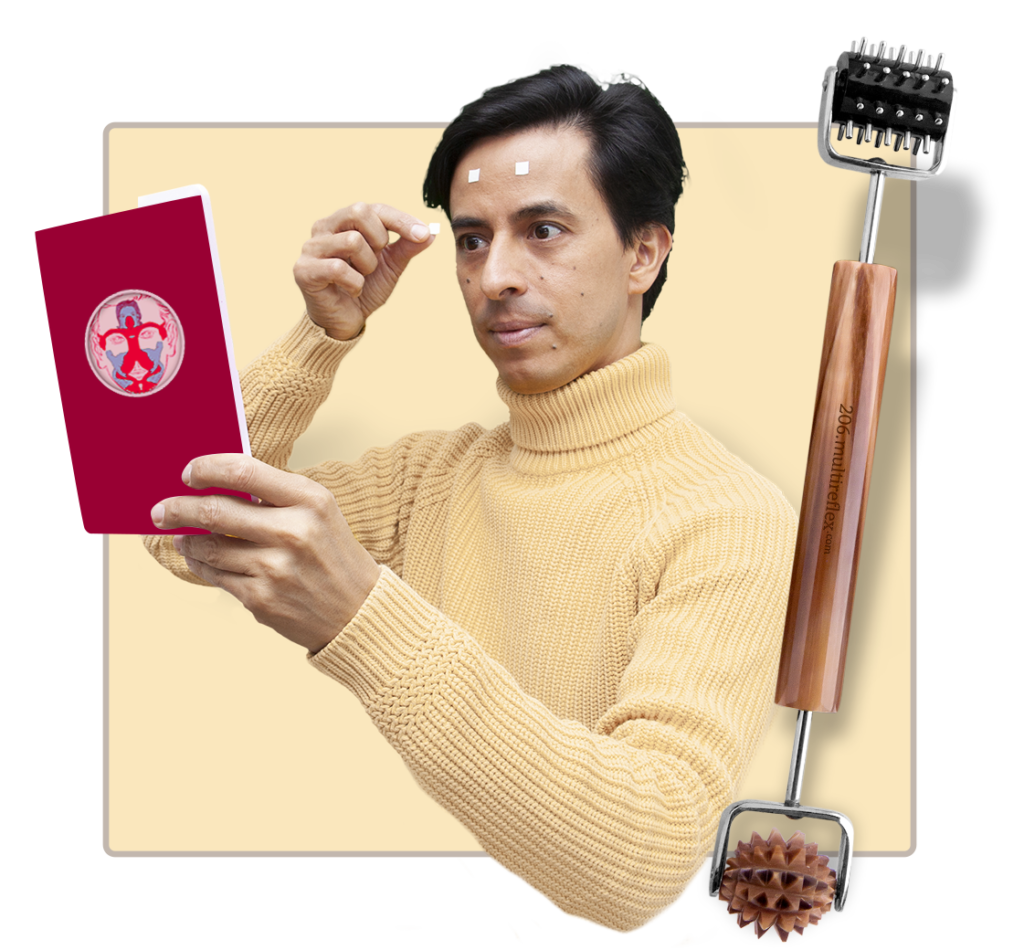
However, it is essential to avoid applying heating patches to the areas corresponding to the bqc·points 3· and 13· (related to the lungs), as the menthol emanations could irritate the eyes.
The International School of Multireflexology – Dien Chan (ISMDC) is committed to supporting you on your journey towards creating personalised care. Our videos and the articles on the DienChan.blog are designed to build your self-confidence.
Don’t forget to subscribe to the www.DienChan.tv channel to continue benefiting from the advice of Dien Chan experts.
Yours in Dien Chan,
— The Dien Chan Experts —

